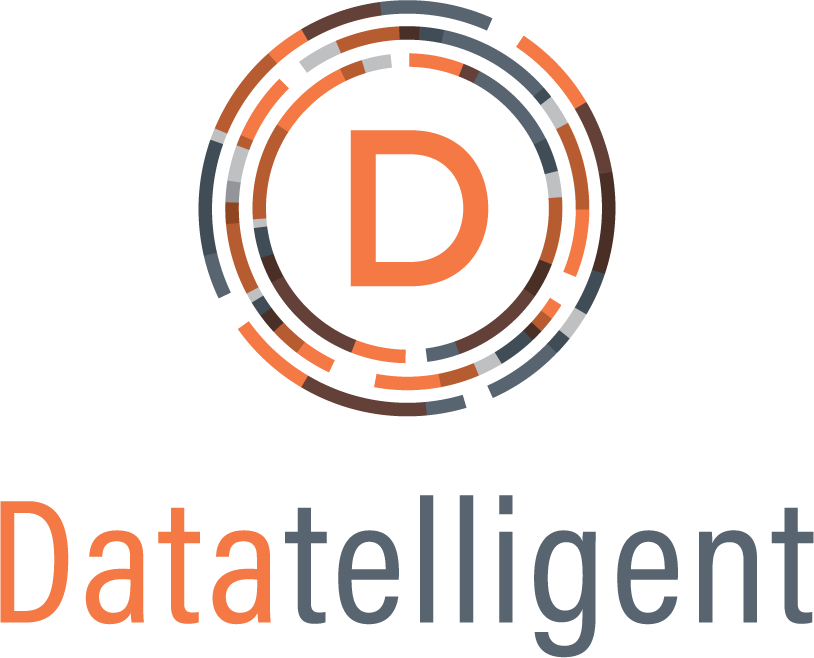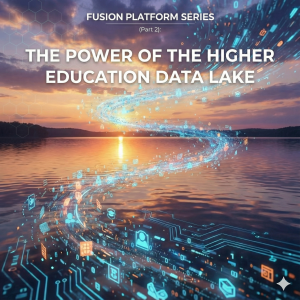INTRODUCTION
The pursuit of higher education is a critical milestone for countless individuals around the world. Whether it’s an associate degree, a bachelor’s degree, or a specialized certificate, earning an undergraduate credential opens doors to career opportunities, personal growth, and societal impact. In this blog post, we delve into the latest findings from the National Student Clearinghouse Research Center’s report on undergraduate degree earners for the academic year 2022-23.
OVERALL DECLINE IN DEGREE EARNERS
The report reveals a concerning trend: the number of undergraduate degree earners has declined for the second consecutive year. In the 2022-23 academic year, there was a 2.8% decrease, resulting in 99,200 fewer graduates compared to the previous year. This decline raises questions about the factors contributing to this downturn.
FIRST-TIME COMPLETERS
First-time completers, who represent 73.3% of all graduates, experienced a decline of 73,600 individuals. These are students who successfully complete their degree requirements for the first time. The 2.8% decrease in this group reflects broader challenges in higher education. As institutions adapt to changing demographics, economic shifts, and technological advancements, understanding the needs of first-time completers becomes crucial.
CERTIFICATES: A SURPRISING RISE
While overall degree attainment declined, there’s a silver lining: the number of students earning certificates reached a ten-year high. Certificates, often shorter and more focused than traditional degrees, provide specialized skills and knowledge. The report attributes this increase to a 6.2% rise in first-time award earners. Whether in fields like healthcare, information technology, or skilled trades, certificates offer a pathway to employment and career advancement.
ASSOCIATE AND BACHELOR’S DEGREES
Despite the surge in certificates, associate and bachelor’s degrees remain foundational. These degrees continue to be valued by employers and serve as stepping stones for further education. However, institutions must address challenges such as affordability, access, and student support to reverse the decline in degree earners.
STRATEGIES TO REVERSE THE DECLINE
To combat this trend, educational leaders and policymakers can consider the following strategies:
- Strengthening Student Support and Flexibility:
- Support systems: Enhance academic advising, tutoring, and mental health services, and establish mentorship programs to support students throughout their educational and career journeys.
- Flexible learning options: Expand online and hybrid courses, and offer more classes during evenings and weekends to accommodate non-traditional students and those with additional responsibilities.
- Improving Educational Pathways and College Readiness:
- Short-term and stackable credentials: Develop certificate programs aligned with industry needs and offer credentials that can be built upon towards a degree.
- College readiness initiatives: Collaborate with high schools to ensure students are prepared for college and offer bridge programs to ease the transition to higher education.
- Enhancing Financial Accessibility:
- Increase scholarship and grant awareness: Promote the availability of scholarships and grants to help reduce financial barriers for prospective students.
- Adopting Data-Informed Strategies and Promoting Lifelong Learning:
- Data-driven approaches: Use analytics to identify at-risk students early and tailor programs to meet diverse needs.
- Lifelong learning culture: Encourage continuous education for adult learners and partner with businesses to support education benefits and career advancement.
CONCLUSION
The decline in undergraduate degree earners is a multifaceted issue that requires a collaborative and strategic response. By enhancing financial aid, strengthening support systems, and promoting flexible learning options, we can create a more inclusive and supportive educational environment. Additionally, by fostering a culture of lifelong learning and utilizing data-driven approaches, we can ensure that higher education remains relevant and accessible to all. As we work towards these goals, we can reverse the current trend and pave the way for a brighter future in higher education.
CITATIONS:
- National Student Clearinghouse Research Center. “Undergraduate Degree Earners Report: Academic Year 2022-23.” April 11, 2024. “https://nscresearchcenter.org/undergraduate-degree-earners/#:~:text=The%20number%20of%20undergraduate%20degree,by%2073%2C600%20(%2D2.8%25).
- Weissman, Sara. “Degrees Earned Fall Again, Certificates Rise.” Inside Higher Ed, April 11. 2024. https://www.insidehighered.com/news/students/academics/2024/04/11/degrees-earned-fall-again-certificates-rise
- Katharine Meyer “The case for college: Promising solutions to reverse college enrollment declines.” Brookings Institution, June 5, 2023. https://www.brookings.edu/articles/the-case-for-college-promising-solutions-to-reverse-college-enrollment-declines/






